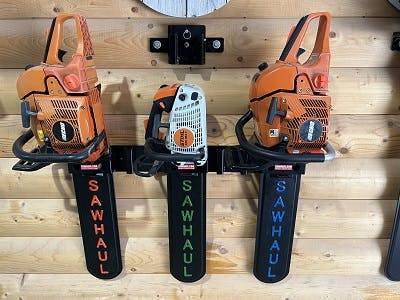4 Product Submissions, 4 Buyer Meetings, 4 Deals: How GearHaul Did it with RangeMe
One of the benefits of being a RangeMe Starter or Premium subscriber brand is the opportunity to submit products to buyers who have immediate, limited-time opportunities that take place throughout the year. During these campaigns, retailers, distributors and foodservice operators invite brands that meet specific criteria to submit their products to be considered for placement on the shelf or in a menu.
The reason why this is such a great opportunity is a matter of timing. When one of these limited-time campaigns is held, it means the buyers are actually searching for a product in their category, and for brands with products in that category, there is no better time to have these products in front of them. Indeed, it’s the most proactive way for a brand to leverage the RangeMe platform.

GearHaul is a perfect example of this. The RangeMe Premium subscriber brand markets products – all manufactured in Kansas – that safely and securely transport outdoor equipment such as chainsaws, buckets, and assorted tools. It caters to a very niche market, and getting its products in front of the right retail buyers would be a daunting task if it had to do it all on its own. But …



